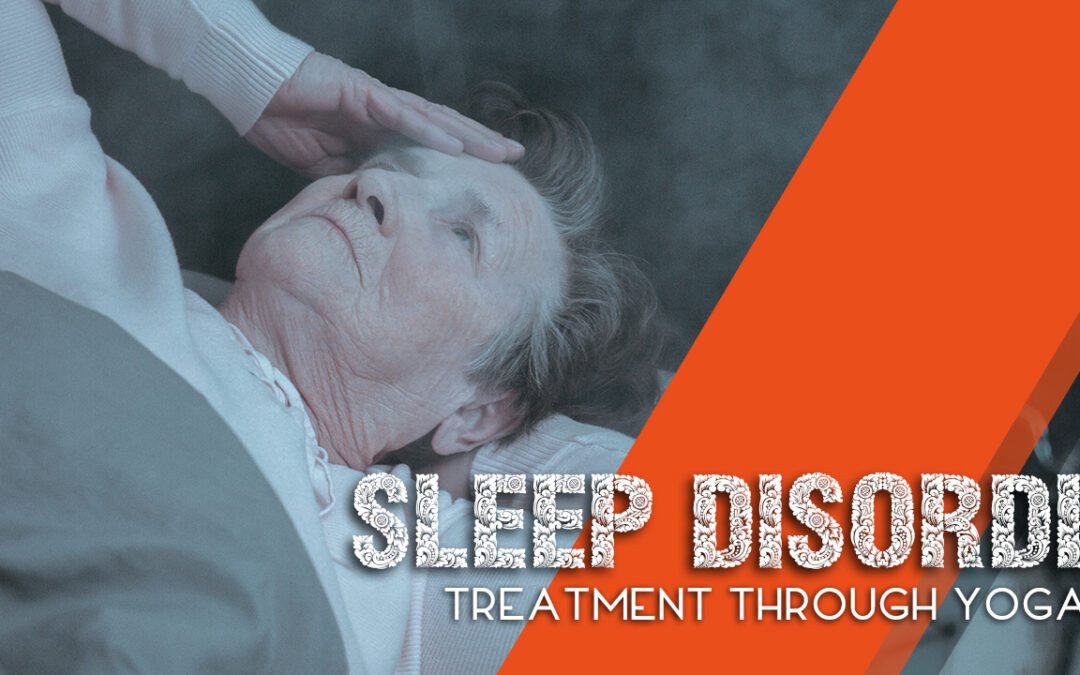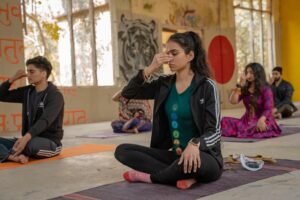Sleep disorders like insomnia, restless legs syndrome, narcolepsy and sleep apnea can affect every aspect of your life including your safety, relationships, school and work performance, thinking, mental health, weight and the development of diabetes and heart disease.
Insomnia
is characterized by the recurring difficulty to fall or remain asleep despite motivation and means to do so. People with insomnia also experience excessive daytime sleepiness and other cognitive impairments while they are awake. A common cause of chronic insomnia is a conditioned emotional response. Thoughts about the sleep problem and behaviors that develop around the sleep problem tend to prolong insomnia symptoms.Restless leg syndrome (RLS)
also known as Willis-Ekbom Disease, is characterized by throbbing, itching, and other painful sensations in the legs and powerful urges to move the legs while they are at rest. People with RLS typically experience the strongest symptoms in bed, putting them at an increased risk for sleep-onset and sleep maintenance problems.Narcolepsy
is a sleep disorder that makes people feel excessively tired during the day despite getting an adequate amount of rest the previous night. This can lead to the irrepressible urge to sleep, culminating in “sleep attacks” that typically last for a few minutes. Over time, narcolepsy can also cause sleep-onset and sleep maintenance problems. Narcolepsy usually begins between the ages of 15 and 25, but it can become apparent at any age. In many cases, narcolepsy is undiagnosed and, therefore, untreated.Sleep apnea
is a common sleep-related breathing disorder that occurs due to blockage of the upper airway. People with this condition often wake up choking or gasping for air. Heavy snoring is another common symptom. There are two types of sleep apnea: obstructive and central.Obstructive sleep apnea (OSA)
is the more common of the two. It is caused by a blockage of the airway, usually when the soft tissue in the back of the throat collapses during sleep. Symptoms of OSA may include snoring, daytime sleepiness, fatigue, restlessness during sleep, gasping for air while sleeping and trouble concentrating.In central sleep apnea (CSA),
the airway is not blocked, but the brain fails to tell the body to breathe. This type is called central apnea because it is related to the function of the central nervous system. People with CSA may gasp for air but mostly report recurrent awakenings during night.
In addition to these major disorders there are many more minor causes of irregularity in sleep. Snoring, often caused by excess weight, particularly in the belly area. Circadian rhythm disruption, a side effect of irregular scheduling, overnight work, and over exposure to unnatural lighting throughout the day. Seasonal affective disorder, generally occurring in the winter months, can present as depression or excessive sleeping.
Everyone can experience problems with sleep from time to time. However, you might have a sleep disorder if:
- Regularly experience difficulty sleeping.
- Tired during the day even though you slept for at least seven hours the night before.
- You have a reduced or impaired ability to perform regular daytime activities.
While there are many options to treat sleep disorders the most effective and long lasting is implementing lifestyle changes. Adopting a yogic lifestyle will address root causes of sleep disorders like diet, exercise, and creating a routine.
Yoga works to stretch and relax the muscles and calm the mind, resulting in fewer disturbances during the night. Asana (postures) also help with managing weight and lowering risk for diabetes and heart disease. Pranayama (breathwork) strengthens the respiratory tissues and improves oxygen saturation which lowers risk for sleep apnea and snoring. Meditation practices work to calm an active mind and lower stress responses which can help induce a restful, dreamless sleep.
Regular practitioners
of yoga develop routines to their day, creating set times for their practice, meals, and sleep. Having this routine in place helps to regulate bodily functions and keeps the mind calm by knowing what to expect. Yoga increases the parasympathetic nervous system, which is responsible for sending signals to your body to rest and digest. By stimulating this channel of the nervous system regularly yoga helps the mind and body quickly move to a state of restfulness.There are many styles of yoga, you may wonder which is best to help improve sleep.
Hatha yoga uses gentle body posture with a focus on breath and alignment. This style will help with weight management and strengthening joints, muscles, and bones.
Restorative yoga uses props to relax the body and improve parasympathetic response in the nervous system. It is an excellent practice for releasing tension in the body.
Yoga nidra is taken from a lying down posture and brings the practitioner through a guided meditation. The aim is to bring about total body awareness and improve breath while in a resting state.
If you only have time for a few postures try these before bed:
- Uttanasana (standing forward fold) to stretch the spine and calm the nervous system
- Paschimottanasana (seated forward bend) for stretching the posterior chain of muscles and relaxing the mind
- Balasana (child’s pose) a gentle, calming pose that brings blood flow to the brain
- Supta baddha konasana (reclined butterfly) to open the pelvis and hips, muscles which are said to store emotions
- Viparita karani (legs up the wall) to reverse the blood flow, allowing the heart to rest and removing stagnant blood from lower extremities


